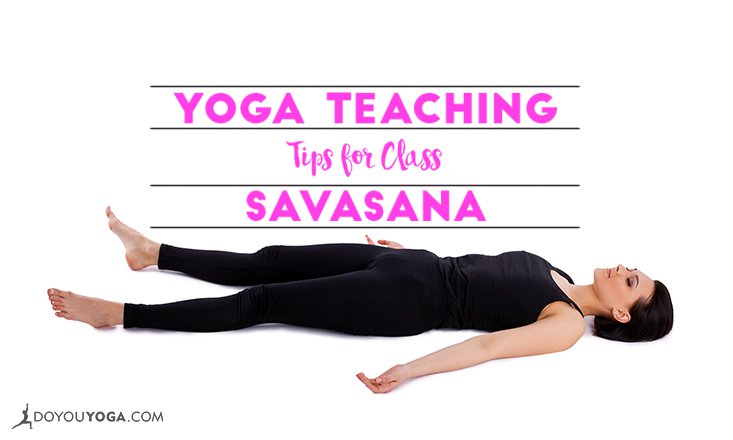So you’ve taught your class, pushing your students just to the limits of what they can handle, helping them be safe and sound, but also to confront a few obstacles and boundaries, and now it’s time for everyone’s favourite reward — Savasana.
Savasana is one of the most important times of a class, and sometimes I find it provides an indication of how successful the preceding practise was.
I like to hear lots of internal activity (tummy rumblings especially), see very long, slow breaths and, forgive me, but when people fall asleep I’m delighted! I know this says more about their exhaustion levels than the class, but still, to fall asleep on your back on a hard floor in a room full of strangers indicates a pretty good level of relaxation.
So when your students are all stretched out like good little babies and you’ve talked them through every inch of their bodies, helped their minds relax into their breath, and now it’s silent — what do you do?
1. Metta Bhavana
In the past, I’ve said a little blessing in my head to each person — neutral, that is, like the Buddhist metta (loving-kindness): “may you be well, may you be happy, may you be free from suffering, may you progress.”
It’s a judgment call and important to be sensitive — you can almost feel whether someone is receptive, and it could be energetically invasive, even if it’s well-intentioned.
2. Dhyana
I like the idea of meditating myself, to try to hold a clear space to anchor the energy of the room, but I still carry the responsibility of timekeeping (I really don’t like it when teachers are sloppy about timetables – there’s nothing worse than getting out of a class all relaxed and happy to discover that now you’re 15 minutes late).
I’m not expert enough at meditation to guarantee that my mind won’t wander, so I generally leave this to my own practise.
3. Japa
There’s also the option of silent japa — repeating a mantra over and over to stay mindful, which is appealing as it creates a positive energy field.
While this does have subtle effects on everyone, the benevolent power of the mantra pretty much guarantees that you can’t mess it up!
4. Dharana
Focused concentration — even if just on the second hand as it moves around my watch — is another useful practise and keeps your attention in the room.
There’s the occasional snorer to deal with, and while I quite enjoy the indication of someone’s deep relaxation, other students can find it distracting, so I will usually say something softly like “keeping the awareness of your breath,” and that often shifts them out of whatever noisy zone they were in.
5. Freestyle
Whatever my practise, I feel it’s important to “hold the space” in some way — not to drift into a to-do list, or the sequence for my next class.
In some ways, it’s actually the most challenging time for a teacher — to resist the invitation to drift and to really stay present and develop focus for the energy of the room. So presently I’m practising a kind of open-eyed meditation — staying really mindful of the various sounds in the room, and present to the moments as they occur.
I’m pretty sure no-one is using the time to catch up on emails, but it’s one universal every yoga teacher shares, regardless of tradition, so it’s a chance for us all to come together and relax!
So yoga teachers, what do you do during class Savasana? Share with us below!


